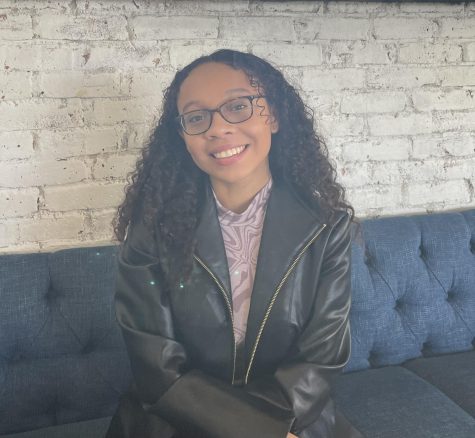Crime culture and its controversies
September 20, 2022
Media surrounding real-life crime cases are referred to today as “true crime media”; a term that has become very popular within the last few years. True crime media can range from podcasts all the way to reality shows focusing on telling stories of actual crimes, with all the gruesome details. Many find true crime to be a controversial genre of media because of its exploitative nature and the lack of care for the cases’ victims, and many have wondered if this exploitative entertainment can be changed.
The beginning of true crime started in the 20th century through magazines and pulp fiction novels such as True Detective. The magazine was known for publishing fiction and non-fiction crime stories, often telling them in a mystery-like format. During the ’80s and ’90s, made-for-TV movies about infamous true crime cases such as the Menendez Brothers, were popular with TV companies because they were easy to produce and garnered vast amounts of viewers. Because of the nature of these movies, they were objectively exploitative towards those involved in the cases. In 1992, Amy Fisher almost killed Mary Jo Buttafuoco, the wife of Joey Buttafuoco, who Fisher was having an affair with at the time. In Fisher’s case, companies were scrambling to get the rights to her story. In the end, NBC won the rights, paying $60,000 to Fisher. Later on, Fisher revealed that she never spoke to anyone involved in production.
Real-time cases such as OJ Simpson became a cultural phenomenon that dominated the media. The trial of O.J. Simpson was one of the first cases to ever be televised, gripping the country with a 24-hour news cycle on TV channels such as Court TV and CNN. Simpson’s verdict trial alone was viewed by 57 percent of Americans.
During the 2010s, true crime miniseries and documentaries became popular due to streaming services like Netflix. “Making a Murderer” became a hit on Netflix, ushering in a new wave of interest in true crime and YouTube channels such as Buzzfeed Unsolved, Kendall Rae and Bailey Sarian, all of which helped the rise in true crime videos during this time as well. In the late 2010s though, true crime seemingly exploded. Podcasts such as “My Favorite Murderer” and “Crime Junkies” became popular among listeners and nowadays, have become oversaturated.
Women are shown to be the biggest consumers of true crime media. In a survey by Angelo State University, it was concluded that over 70 percent of women were most likely to choose a true crime book over other violent genres such as war and gangs. Angelo State University also found that women are most likely to consume true crime media because the genre is popular amongst social circles, the aspect of listening into someone’s life and because of the fear many women have of becoming a victim of violent crime.
True crime media is controversial because of the exploitative nature of the stories. Many content creators produce videos and podcasts about these cases without consulting the families of the victims, which often leads to the spread of misinformation about the victim and the case itself. It also becomes disrespectful when the victim’s experience is utilized for entertainment purposes. Content creators often make a living off of telling these stories, using the life and death of the victims in order to gain money.
Though many see true crime media as exploitative to the families of victims for good reason, it’s important to note all the upsides of true crime media. There are content creators who work with the families of victims in order for them to tell the victim’s story and to increase awareness of the case. Oftentimes, unsolved cases rise in popularity which results in the public pressuring law enforcement to look into these cases again. A book called “I’ll Be Gone in the Dark,” written about the Golden State Killer, was published in 2018 and as a result, the case gained traction and was reopened by law enforcement, which ultimately led to identifying the infamous serial killer.
However, it is all too common that the victim becomes lost in their own story. True crime media places focus on the perpetrator and their life, oftentimes ignoring their victims and the families who the criminal hurt. Serial killers such as Ted Bundy are immortalized in the media while the names of his victims are only known to those who know the case inside and out, proving that true crime is truly about spectacle.
That being said, the world of true crime and its audiences are constantly transforming. Families and victims have an opportunity, now more than ever, to tell their stories without focusing solely on the perpetrator. True crime culture does not have to rely on exploitation, it could simply be a genre that informs.













